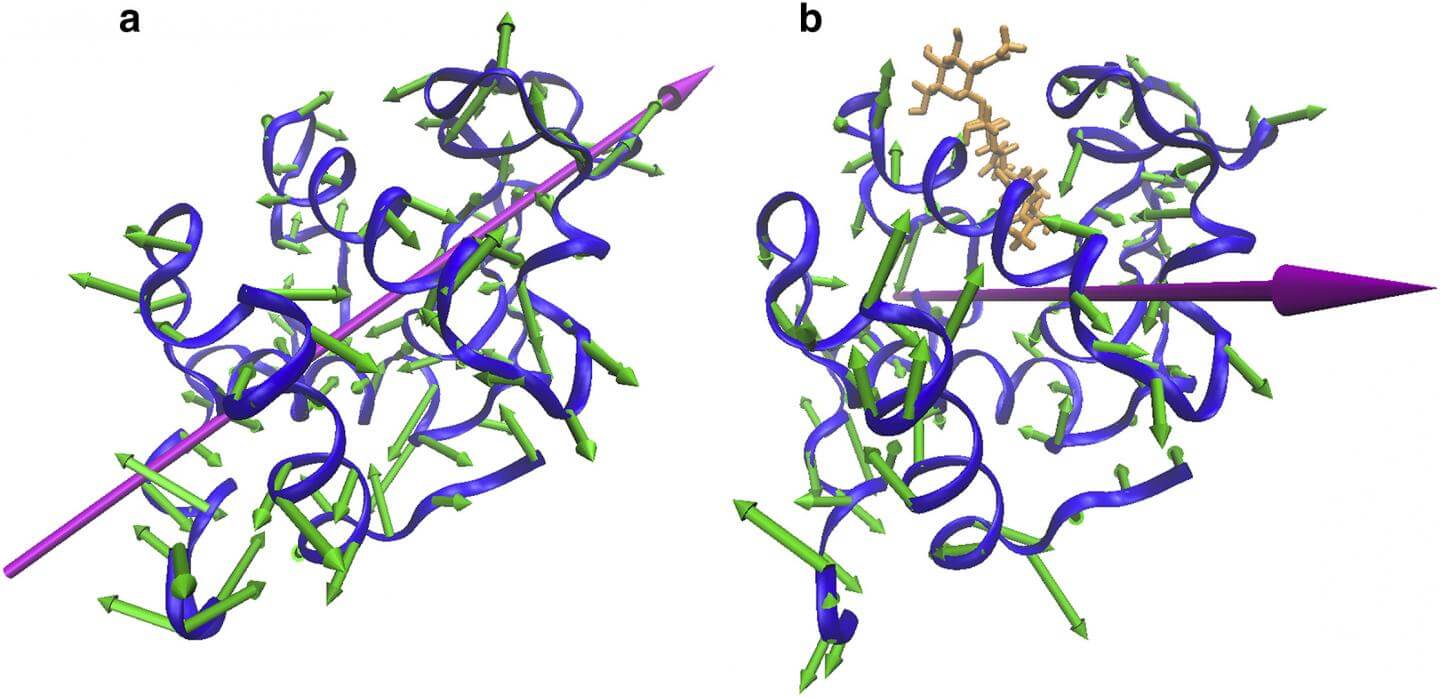



When a protein shakes its booty on the biological dance floor, it must perform the right dance moves if it wants to attract binding partners. Sadly, a protein can keep the right time and undulate energetically, and yet manage to be anything but alluring.

Even though protein choreography can determine whether molecular courtships are consummated, it is poorly understood. Proteins may give evidence of having “good vibrations,” yet be seen to underperform when they need to embrace substrates, interact with ligands, or open or close membrane channels.
Medicilon has significant experience in the expression and purification of recombinant proteins. We utilise various protein expression modalities, including prokaryotic protein expression, yeast protein expression, insect cell protein expression (baculovirus), and mammalian cell protein expression systems. In addition, we have employed fusion technologies to provide our clients with more options in terms of protein expression and purification. We tailor our service for your project including the design, gene optimization, expression condition optimization, and purification technology system to deliver your target protein quality and expression level.
Such discrepancies between vibrational calculations and performance observations have long puzzled biophysicists, who have tended to focus on vibrational energy distributions. According to a new study, the biophysicists might do better to take a broader view, and take in vibrational directionality.
The new study, led by Andrea Markelz, Ph.D., a professor of physics at the University at Buffalo, concludes that characterizing the directionality of motion is essential to understanding and controlling protein dynamics to optimize or inhibit function. The study also describes how directionality of motion may be assessed.
Dr. Markelz’ team conducted its research by using a new technique called anisotropic terahertrz microscopy (ATM). It can reveal how nature exploits protein motions to improve efficiency. With such knowledge, scientists can determine how to optimize protein motions and explore new and improved medical and biotechnological applications. For example, scientists may be able to develop new drugs by targeting molecular vibrations.
Details of the new work appeared March 14 in Biophysical Journal, in an article entitled “Moving in the Right Direction: Protein Vibrational Steering Function.” The article describes how ATM was used to reveal new dynamical information about a familiar protein, the chicken egg white lysozyme.
“By using the novel technique of anisotropic terahertz microscopy, we find that there is a dramatic change to the vibrational directionality with inhibitor binding to lysozyme, whereas the vibrational energy distribution, as measured by neutron inelastic scattering, is only slightly altered,” the article’s authors wrote. “The anisotropic terahertz measurements provide unique access to the directionality of the intramolecular vibrations, and immediately resolve the inconsistency between calculations and previous measurements, which were only sensitive to the energy distribution.”
What the scientists saw was that the free and inhibited lysozymes vibrated at similar energies, but with distinct directions of motion: The free lysozyme fluttered with a hinge-like flapping action—like the wings of a butterfly—while the inhibited lysozyme moved in a more scissor-like pattern.
“The result was a fundamental change from the conventional view,” noted Dr. Markelz. “The vibrations changed their direction, even as the energy of the motions stayed the same.”
Dr. Markelz added that this phenomenon is akin to two people performing different dances—the foxtrot and tango, for instance—but exerting the same amount of energy.
The same dynamic emerged when the team compared the regular lysozyme to a mutant chicken egg white lysozyme that was more effective at performing its job. The mutant and normal lysozymes had the same vibrational energies, but different vibrational directions.
“The biological importance of the vibrational directions versus the energy distribution is revealed by our calculations comparing wild-type lysozyme with a higher catalytic rate double deletion mutant,” explained the authors of the Biophysical Journal article. “The vibrational energy distribution is identical, but the more efficient mutant shows an obvious reorientation of motions.”
Research on molecular vibrations could not only open new avenues for drug development, it could also suggest new directions for artificial energy harvesting. (The vibrations may explain why photosynthesis is so efficient). But historically, the tiny pulses and palpitations within proteins have been very hard to study.
Dr. Markelz is hoping to change that by developing a turnkey instrument that scientists around the world can use to research the vibrations. To study the chicken egg white lysozyme, her team employed the ATM technique that her research group developed in-house. Unlike other methods used to research protein vibrations, ATM enables scientists to observe not only vibrational energies, but also the direction of motions.
The NSF recently awarded Markelz a nearly $400,000 grant to commercialize an easy-to-use ATM instrument, which would expand the capacity of the scientific community to explore molecular vibrations. According to Dr. Markelz, the device would represent a great advance over other existing methods, which provide only a coarse overview of the vibrations and require extremely dry and cold environments and expensive facilities.
 Relevant
news
Relevant
news